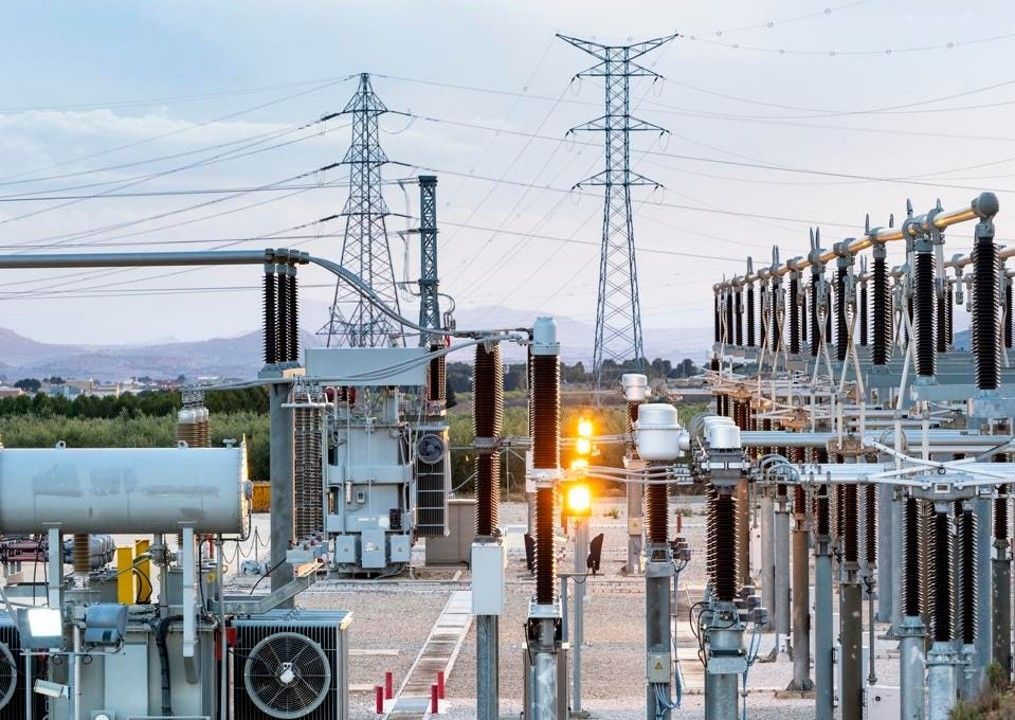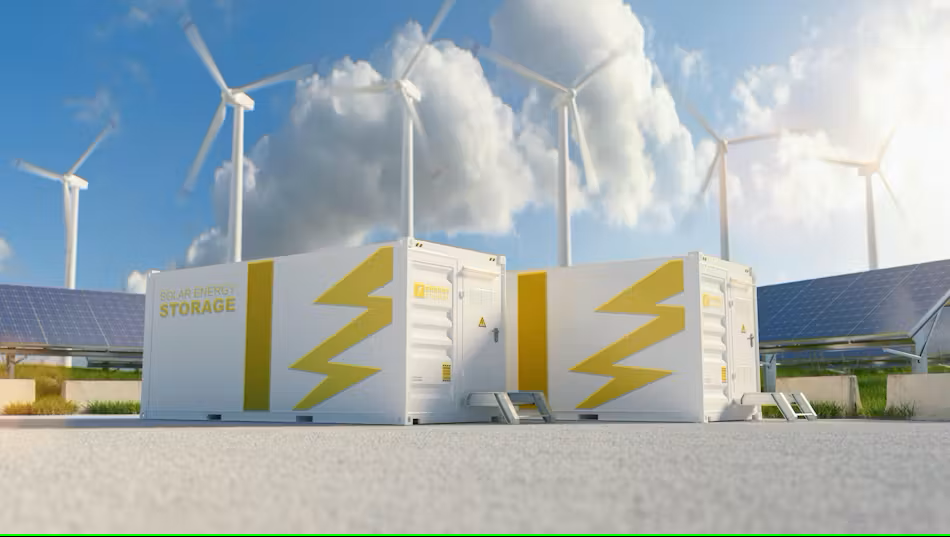Fueling the future: How Edge Computing is shaping the energy industry
In the past years, organisation within the energy industry have faced intense pressure to cut costs, deal with unpredictable shifts in demand, and enhance their competitiveness by making decisions based on up-to-the-minute information. This has led to an increasing part of the computing resources being moved out to where the data is collected.
This rapid increase of IoT devices within the energy sector set new and high expectations of companies active within the industry, spanning both enterprise operators and solutions vendors targeting the unique challenges of energy. At the heart of it is building a versatile infrastructure capable of managing large amounts of data. This provides valuable insights enable predictive maintenance and also help battle some of the most crucial challenges to stay competitive as an oil and gas enterprise or service provider.
In this article, we’ll look at what characteristics of the energy industry drives the need for digital change and how edge computing can address some of the challenges in achieving operational excellence in distant, numerous locations.
Downtime within energy is not like any downtime
All industries aim to minimize downtime as much as possible but the energy sector stands out when looking at the consequences downtime cause. Within the energy sector, non-stop operations are crucial, and proactive or instant mitigation of incidents is key to minimizing damage and cost. According to an MIT Sloan study, one single day of downtime for a liquefied natural gas (LNG) facility can cost $25 million.
And a typical midsize LNG facility goes down about five times a year.
Meanwhile, an average offshore oil rig generates 1TB-2TB of data every day, and without the proper infrastructure to support that, it can take up to 12 days before the data can transmit to a central cloud for computing. That is both costly and way too slow for digital strategies including any AI or machine learning.
The problem statement couldn’t be clearer and the need for minimized downtime and reduced costs go hand in hand to the top of the priorities for actors within the energy sector.
Unlocking operational autonomy on-site
Since the operational locations of an energy sector enterprise can be both offshore, distant, and numerous, the idea of moving infrastructure and application workloads out to the operational sites is increasingly adopted throughout the industry. A technology typically referred to as edge computing.
Edge computing has become a vital means of addressing the challenge of accessing crucial data, particularly in isolated or offshore areas such as oil platforms, drilling rigs, wind parks or solar plants, or even oil tankers, where internet connections are unreliable and operations need to run autonomously.
With operational autonomy and edge computing, energy sector operators become resilient to downtime and connectivity outages that inevitably occur at on-site operational locations. This not only contributes to competitiveness and operational excellence but is key to reducing safety risks and costs.
Keep reading: Setting the stage for a successful edge computing pilot
The benefits of edge computing within energy
Pursuing an edge computing strategy within the energy sector brings several strong benefits including:
- Application autonomy, ensuring non-stop operation excellence at off-shore or isolated locations.
- Higher efficiency and productivity with local compute resources.
- Increased safety with automated and instant incident detection and mitigation.
- Decreased costs in not having to move data back and forth from the cloud more than needed.
Who benefits from using edge computing in energy?
The above mentioned benefits can be reaped by energy sector operators and software providers within energy respectively. The distributed and distant nature ot the operational locations within the energy sector make it a match made in heaven with edge computing technology.


CALL US TODAY
CONTACT US
MESSAGE US
Contact Us
We will get back to you as soon as possible.
Please try again later.

